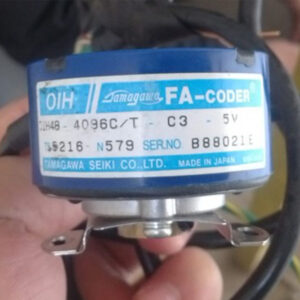جدول المحتويات
تبديلcomponents of an elevator
When we step into an elevator, we rarely give much thought to the complex machinery that lies beneath its sleek exterior. Yet, behind the scenes, there are various components working tirelessly to ensure a smooth and safe ride. In this article, we will delve into the intricate world of elevators, shedding light on their crucial components and how they work together harmoniously to transport us effortlessly from one floor to another.
At the heart of every elevator system lies the elevator car, the compartment where passengers embark on their journey. Suspended by sturdy steel ropes, the car is equipped with an electric motor that serves as the powerhouse, enabling vertical movement. This powerful motor is usually located at the top of the elevator shaft, transmitting its energy to a gearbox and motor sheave system. As the motor sheave rotates, the ropes wind and unwind around it, allowing the car to ascend or descend gracefully.
To ensure the safety of passengers, elevators are equipped with a comprehensive system of brakes. These brakes are responsible for halting the elevator car upon reaching the desired floor and preventing it from moving unexpectedly. Typically, two types of brakes are employed: the hoistway brake and the governor brake. The hoistway brake is located within the elevator shaft, while the governor brake is located near the motor sheave. Both brakes work in unison to bring the elevator car to a controlled stop, ensuring a smooth and safe arrival.
Additionally, one crucial element that often goes unnoticed is the counterweight. The counterweight serves as a balancing mechanism, reducing the strain on the motor and consuming less energy. It is composed of sturdy metal plates or concrete blocks, carefully calibrated to offset the weight of the elevator car and its passengers. By employing the counterweight system, elevators achieve energy efficiency, reducing both operating costs and environmental impact.
Safety is of paramount importance in elevator design, and several safety mechanisms are in place to protect passengers in the event of potential mishaps. One such mechanism is the emergency brake, designed to stop the elevator immediately in case of a malfunction or power outage. Similarly, an emergency stop button inside the car allows passengers to halt the elevator in case of an emergency. Additionally, elevators are equipped with a safety overload sensor that prevents them from operating when the weight limit is exceeded.
Now that we have explored the crucial components of an elevator, let us address the advantages and application fields that customers seek when choosing such a system. Elevators find application in a wide range of settings, including residential buildings, commercial complexes, hospitals, and shopping centers. Customers place particular emphasis on factors such as speed, capacity, and reliability. High-speed elevators, for instance, cater to high-rise buildings where swift vertical transportation is essential. On the other hand, spacious elevators with a generous weight capacity are favored in buildings with heavy foot traffic.
In conclusion, elevators are a testament to human engineering prowess, seamlessly transporting us to new heights. The synergy between the elevator car, motor, brakes, counterweight, and safety mechanisms ensures a comfortable and secure ride. As customers seek elevators tailored to their specific needs, emphasis is placed on aspects like speed, capacity, and reliability. So the next time you step into an elevator, take a moment to appreciate the intricate components working in perfect harmony, propelling you into a world of vertical transportation.


